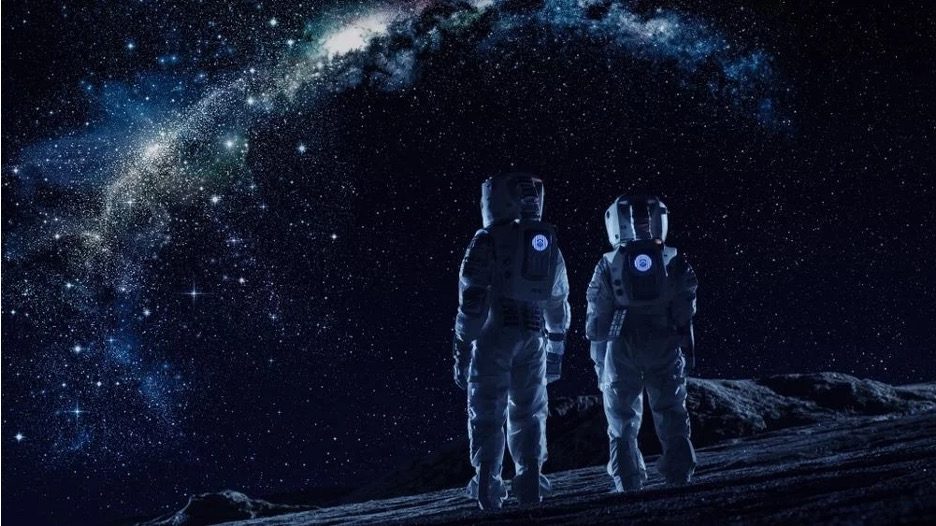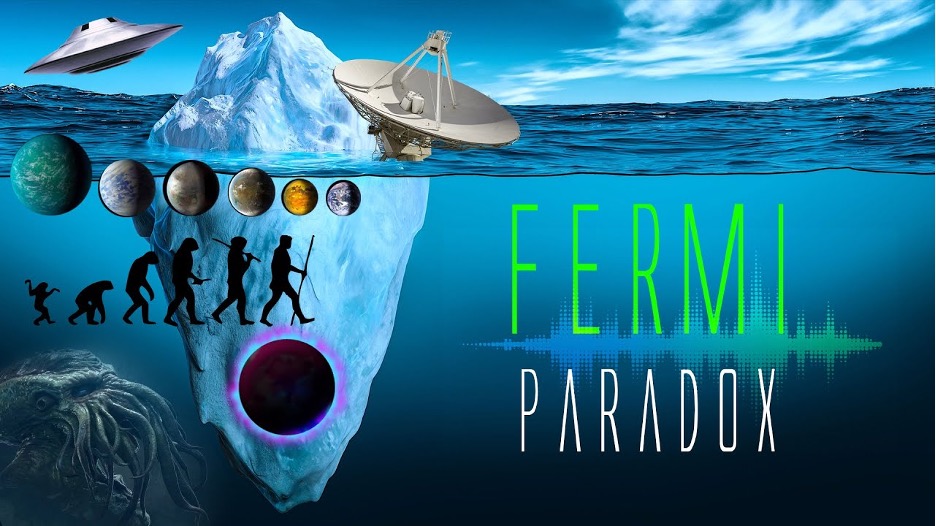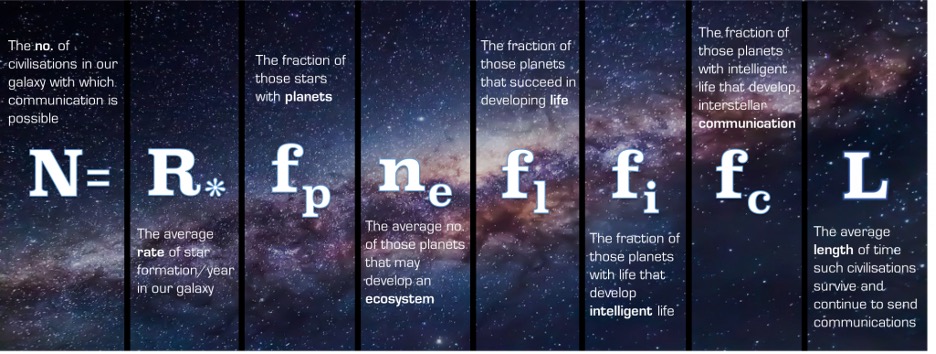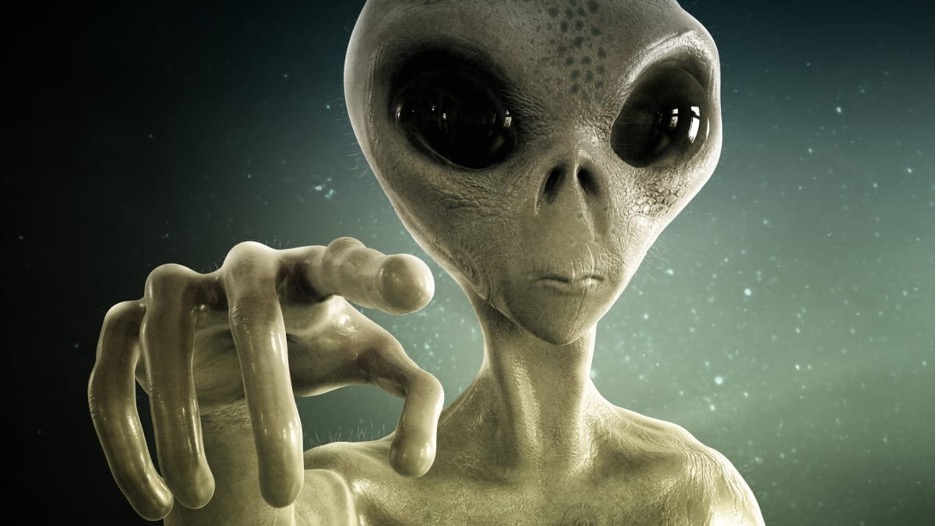In search of Alien civilizations: Are we alone in the Universe?
27th Feb 2023
The more information humanity unveils in its scientific endeavours, the more often we ask ourselves: are we alone in the Universe, or could there be civilizations similar to ours somewhere on distant planets? In fictional space movies, we often see the contact of earthlings with a more developed and, as a rule, hostile alien race, but how realistic is such a scenario?
To date, there is no scientific evidence of extraterrestrial life, but, let’s be honest, it’s hard to believe in. In this article, based on various hypotheses and studies, we will try to figure out — is there intelligent life elsewhere in the Universe or not.
Are we alone in the Universe? Giordano Bruno’s theory
In the late 16th century, the Italian philosopher Giordano Bruno had the courage to declare that besides our Sun and seven planets, similar suns and more planets revolving around these suns exist in the vast Universe. He called such “groups” worlds and believed that they were separated from each other by huge spaces. And since our planet is inhabited by all kinds of living beings, including intelligent ones, it is logical to assume that there is life on other planets as well.
The question, what if we are alone in the Universe, was not even considered by Bruno. He was absolutely sure we are not, although his assumptions were based on religious dogmas rather than scientific calculations and knowledge. Later, Bruno used the idea of an infinite universe to create a new theological doctrine. However, the Catholic Church grew afraid of these and other theories, and in 1600, Bruno was burned alive at the stake for his nonconformism.
From faith in science
Almost all life forms on Earth require oxygen. The form of oxygen we need is released during photosynthesis, utilizing light, heat and water in a liquid state. All this is available on Earth, which means this planet is suitable for life. We know that other planets in the solar system do not have similar conditions, which excludes the existence of life as we commonly know it on these planets. They are either too close to the Sun and thus too hot; or, vice versa, they are far away, lacking heat and light to have water in a liquid state, and so, synthesize oxygen.
So, are we really alone in the Universe? Or do we simply lack the knowledge and capabilities to detect celestial bodies like the Earth, with life in any recognizable manifestation other than ours? Let’s find out.
Evidence of alien life on meteorites

Let’s assume that we are not alone in the Universe, and Giordano Bruno and others of like mind regarding the existence of extraterrestrial civilizations are right. However, faith and assumptions based on religion and philosophy alone are not enough — we need evidence. Hope arose of that evidence when scientists found traces of organic material on meteorites that fell to Earth.
A notable, close-to-discovery case, described in an August 1996 Science article, was the study of the ALH 84001 meteorite found in Antarctica in 1984. Scientists have come to the conclusion that this stone, weighing 1.93 kg, has an age of approximately 4.5 billion years and flew to us from Mars about 13,000 years ago. In it, scientists saw elements similar to bacterial colonies, as well as substances that are usually obtained as a result of the decomposition of microorganisms. How could they have emerged if we are alone in the Universe?
In 2022, the results of another study were made public — it looked into the carbonaceous chondrite Orgueil, which fell in France in 1864. The meteorite has been studied for many years, and the Joint Institute for Nuclear Research managed to find traces of organics, amino acids, including proteinogenic ones, as well as nucleic bases. Some organisms decay very quickly after death, and some may exist for a long time, and the latter is the case with Orgueil. In Orgueil, there are numerous structures that correspond in morphology to bacteria and eukaryotic algae, with a very high density: up to two thousand pieces per 1 cubic mm of substance. Scientists believe that they could not grow in such numbers after falling to Earth. Soil samples were taken at the crash site, but nothing of the kind was found. Based on the available data, we can say that, first, these are fossil remains, and second, that these microorganisms formed there before Earthfall. This gives reason to believe that life on Earth was originally brought from space.
Yet scholars are not unanimous. Studies show that the supposed bacteria found on chondrites are hundreds of times smaller than those on Earth, and so, they cannot contain DNA molecules. This means that the presence of organic material in meteorites, although it indicates a possible life outside the Earth, cannot serve as evidence of it. But even if we imagine that traces of organic matter on Martian chondrites were brought from Mars, then these are the traces of a very ancient and long-extinguished civilization.
Fermi Paradox: Where is everybody?

If we are not alone in the Universe, then why, in 14 billion years of existence, have extraterrestrial civilizations never revealed themselves to humanity? This contradiction formed the basis of the Fermi Paradox.
In 1950, Enrico Fermi, an Italian and American physicist, was discussing with his colleagues the question — is there intelligent life elsewhere in the Universe . Scientist believed that if intelligent life existed outside the Earth, humanity would have somehow noticed it in so many years. Vessels, radio transmissions, and probes could have served as evidence, but people never found or saw anything like that.
“We have technologies for receiving signals from space; there are planets in relative proximity to us that, in theory, are suitable for life, and we can see space more than 13 billion light years away. If we take consider the fact that the Universe is expanding and galaxies are moving away, then we can see all 46 billion light years in all directions. So where is everyone?” Fermi asked.
The Fermi paradox is sometimes misunderstood. In fact, scientist never claimed that there are no extraterrestrial civilizations. He just speculated that they, like us, do not yet have the technology yet to reach out. Either these civilizations have not yet arisen, or, on the contrary, they have already died.
Drake equation

If the Fermi paradox asks where the aliens are and why we still don’t know anything about them, the Drake equation tries to calculate how many civilizations could exist in the Universe, considering technological elements and various indicators from astronomy, biology, and psychology. The formula was proposed by the American astronomer Francis Drake in 1960. It looks like this:
N=R×fp×ne×fl×fi×fc×L, where
- N – the number of intelligent worlds capable of making contact with us;
- R – the number of stars formed in the Universe in a year;
- fp – percentage of stars around which planets revolve;
- ne – average number of planets with suitable life conditions;
- fl – likelihood of life on such a planet;
- fi – probability that living organisms could be intelligent;
- fc – ratio of the number of civilizations with inhabitants who have technical capabilities and the desire to contact other civilizations to the number of worlds with intelligent beings
- L – the time during which intelligent beings live and have both the possibility and willingness to communicate with other civilizations.
In fact, it is impossible to calculate the number of civilizations using the Drake formula because we can only include two variables in it. This is the approximate number of stars and the proportion of stars that have Earth-type planets. But this data is not accurate, and it cannot be verified. Then why does the Drake equation even matter? The presented formula “spurred” the scientific world to search for an answer to the question, will we find intelligent life, and intensified research in this direction.
Will we find intelligent life in space?

Let’s be honest; to argue that we are not alone in the Universe, we need to prove it. Of course, area 51 exists, but the assumption that this is where aliens and their spacecraft arriving on Earth are being studied, is nothing more than a conspiracy theory. So how do we try to discover, is there intelligent life elsewhere in the Universe?
The American Institute for the Search for Extraterrestrial Intelligence (SETI) has been exploring the sky since 1984 in the hope of detecting radio signals from aliens. The SETI institute programmes include the search for life on Mars and other planets of the solar system, the search for exoplanets (planets outside our solar system), and the use of optical and radio telescopes to pick up signals that other civilizations can send. SETI scientists use Donald Shane’s ground-based optical telescope, the Allen Telescope Array radio telescope, which consists of several dozen satellite dishes, each 6 meters in diameter, and operates with an antenna height of 100 meters. The Allen Telescope Array complex, capable of covering a million channels with a frequency of 0.5-11.2 GHz, has already examined over 100 thousand stars but has not recorded any sounds from aliens yet.
NASA’s Kepler Space Orbital Telescope, equipped with an ultra-sensitive photometer, has observed 500,000 stars, confirmed the existence of 2,500 exoplanets, discovered planets similar in size to Earth, discovered 3,500 planet candidates, but has not yet found life outside the Earth.
The James Webb Orbital Infrared Telescope (JWST), equipped with the largest mirror, 6.5 m in diameter, took an image of the galaxy cluster SMACS 0723, 4.6 billion light years away from Earth; discovered water on the planet WASP-96b; found the GLASS-z13 galaxy; took a picture of a gaseous giant HIP 65426 b, located outside the solar system at a distance of 385 light years from the Sun; discovered thousands of stars in the Large Magellanic Cloud galaxy. But it found no trace of living beings.
But we do not lose hope. Mars rovers are trying to find traces of life on the Red Planet, and NASA is going to send a mission to the icy moons of Jupiter and Saturn, hoping to find oceans of liquid water under the ice on their surface and maybe, biological organisms in these oceans.
As for the intelligent civilizations search, there are 100-200 billion galaxies in the Universe with 100 million stars in each, which means that somewhere in some solar system, there is probably more than one planet inhabited by intelligent beings. Whether it will be possible to establish contact with them, only time can tell. In the 1997 film Contact, based on the science fiction novel by famous astronomer Carl Sagan, the main character, astronomer Ellie Arroway, says: “The universe is a pretty big place … so if it’s just us, it seems like an awful waste of space.”
Conclusion
The answer to the question, are we alone in the Universe, will not affect our lives in any way until aliens threaten the safety of people and the planet as a whole. But work on the search for extraterrestrial life is driving scientific progress, contributing to new breakthroughs in the conquest of space, and making our civilization smarter and more developed.
Who knows, in thousands of years, some alien race might find traces of our extinct civilization’s existence. In the meantime, we can only hope that our new discoveries and technologies will contribute to creating new, better, safer conditions for life on Earth.






Thank you for your comment! It will be visible on the site after moderation.